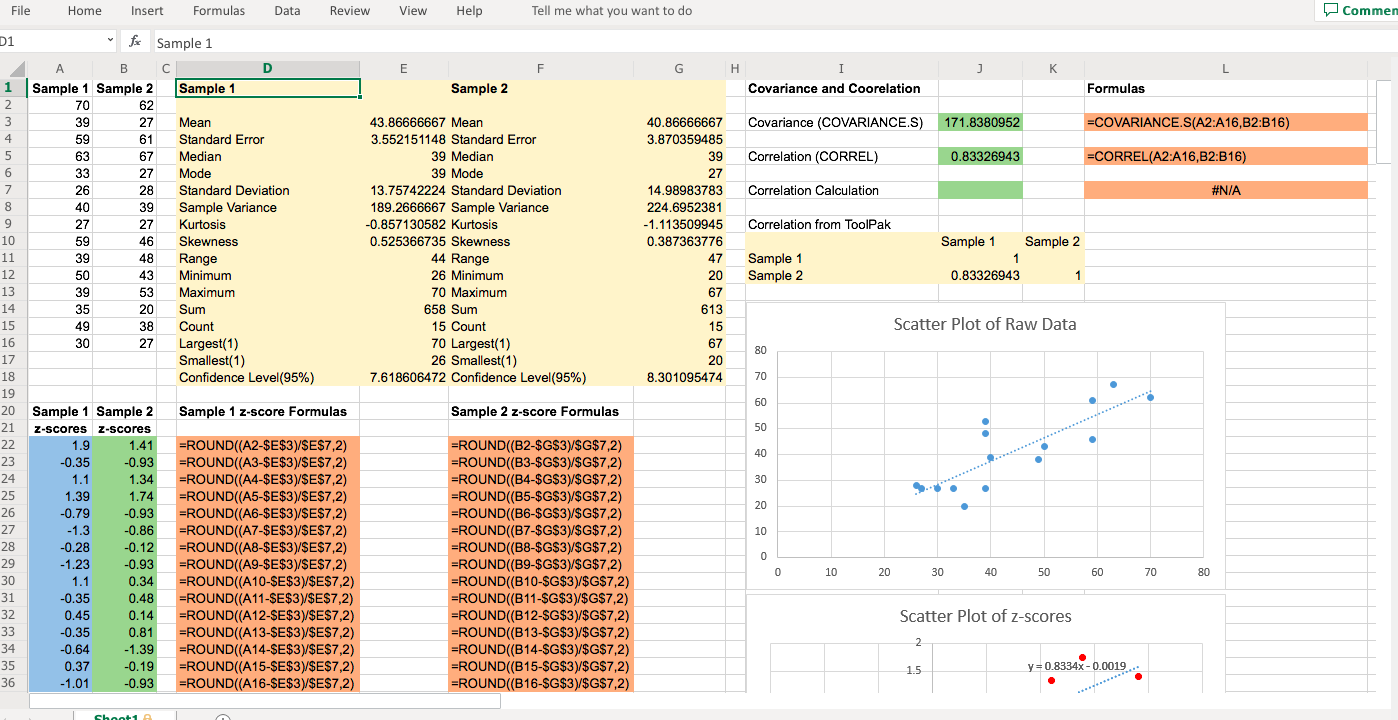

Night blindness, poor visual acuity, and reduced visual field soon after birth and can be completely blind by the time they There is a large variability in the severity of rhodopsin-associated retinitis pigmentosa (RP).

This degenerative disease of the retina usually begins with nightīlindness and progresses to peripheral vision loss and in the most severe cases to loss of central vision and total blindness. The majority of the more than 130 rhodopsin point mutations that have been discovered to date in humans cause autosomal dominant retinitis pigmentosa (adRP). Provide a platform for measuring the effectiveness of treatments.

Measuring membrane-bound rhodopsin with flow cytometry could improve prognoses for poorly characterized mutations and could Below this threshold, surface levels are closer to those of the wild-type.Ĭonclusions: There is a correlation between the stability of rhodopsin mutations and disease severity and levels of membrane-bound rhodopsin. Is drastically reduced on the surface of cells transfected with variants that differ in their inherent stability from the A correlation was also seen in vitro between stability and the amount of rhodopsin at the plasma membrane. Results: There was a strong linear correlation between the scale of the destabilization of mutant variants and the severity of retinalĭisease. Predictions were then compared with the surface staining data and clinical data from the database to characterize the relationshipīetween rhodopsin stability, the severity of RP, and the expression of rhodopsin at the cell surface.

The GFP signal was used to measure the ratio between this membrane-bound rhodopsin and total cellular rhodopsin. Were transfected into HEK-293 cells, and then flow cytometry was used to measure rhodopsin on the cells’ plasma membrane. Were targeted with site-directed random mutagenesis to generate mutant variants with a range of stability changes. To test the findings of this analysis, three residues of a green fluorescent protein (GFP) tagged rhodopsin plasmid Of the visual function of mutation carriers to determine the extent of associations between rhodopsin stability and clinical Methods: Crystallography-based estimations of mutant rhodopsin stability were compared with descriptions in the scientific literature The associationīetween changes to the stability of the protein and the relative amount of rhodopsin reaching the plasma membrane was assessed. (RP), we investigated whether predictions of severity can be improved with a regional analysis of this correlation. Purpose: Following a previous study that demonstrated a correlation between rhodopsin stability and the severity of retinitis pigmentosa


 0 kommentar(er)
0 kommentar(er)
